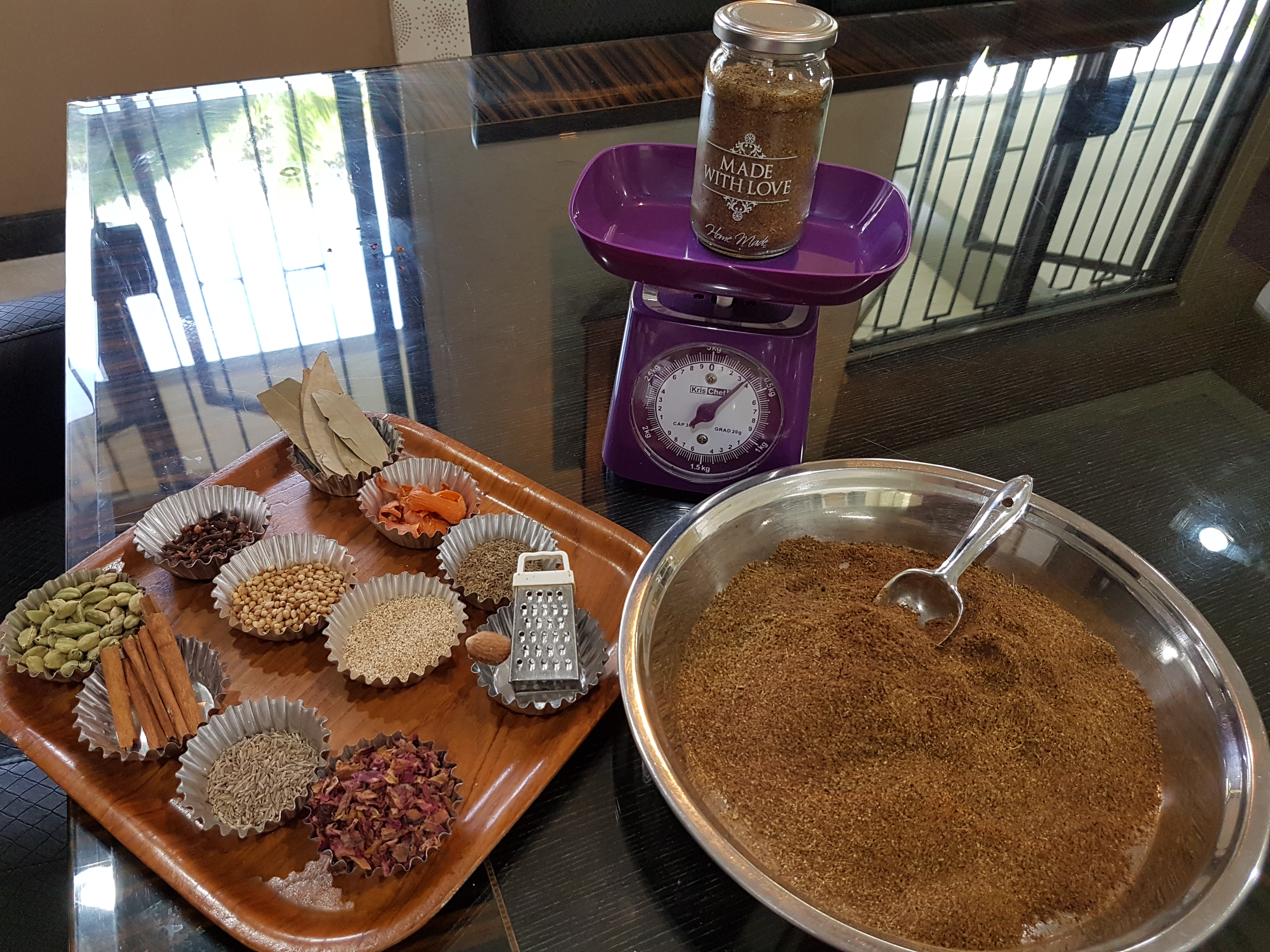
Fusion Nasi Kebuli is Indonesia’s unique take on Arabic Pilaf, reflecting the strong influence of the Arab descent community in Indonesia. Nasi Kebuli, a beloved dish, bears a striking resemblance to our own pulavs and the renowned Mandi Rice from Saudi Arabia. Traditionally, it involves cooking fragrant rice in a flavorful Yakni, whether it’s a chicken or mutton variant. However, the Sindhi community in Indonesia has introduced a delightful twist to Nasi Kebuli. They serve fragrant rice alongside a spicy, rich broth and a fiery sambal, drawing inspiration from the Hadhrami community’s culinary traditions, where broth is served on the side. It’s an intriguing fusion of flavors, and even though it might deviate from the traditional Nasi Kebuli, we’ve come to know and love it by this name over the years. Let’s just call it “Fusion Nasi Kebuli” and savor its delicious blend of influences.
**Ingredients:**
– 4 whole chicken legs with bone
– 2 liters of water
– 1 cinnamon stick
– 1 star anise
– 1 knotted Pandan leaf
– 4 cloves
– 4 bashed cardamom pods
– 1 stalk of bashed lemongrass (only the bottom hard stalk)
– 2 cups of basmati rice
– 2-3 tablespoons of ghee
– 1 sliced onion
– 2 bay leaves
– 1 cinnamon stick
– 1 star anise
– Salt to taste
– 2 teaspoons of garam masala
– 6 fresh red chilies
– 1-inch piece of fresh turmeric
– 1-inch piece of ginger
– 1 tablespoon of coriander powder
– 1/2 teaspoon of fennel seeds
– 1/2 teaspoon of cumin seeds
– 2 cardamom pods
– 1/2 teaspoon of grated nutmeg
– 2 tablespoons of desiccated coconut
– 2-3 tablespoons of oil
– 1 heaped tablespoon of thinly sliced garlic
– 1 cup of coconut milk
– 1 cup of shredded cabbage
– Bird eye chilies (optional)
– Potato crisps
– Fried cashews
– Raisins
– Lime for garnish
**Instructions:**
1. In a large pot, boil the chicken legs in 2 liters of water along with the cinnamon stick, star anise, knotted Pandan leaf, cloves, bashed cardamom, and bashed lemongrass. Simmer until the chicken is tender.
2. Remove the chicken and strain the broth (Yakni). Set the broth aside.
3. Wash and rinse 2 cups of basmati rice.
4. In a separate pot, heat 2-3 tablespoons of ghee. Add the sliced onion and sauté until pale golden.
5. Add bay leaves, a cinnamon stick, and a star anise to the sautéed onion.
6. Use some of the Yakni to cook the rice. Season the rice with salt and 2 teaspoons of garam masala. Keep the rice warm.
7. To make the broth, grind the following ingredients into a fine paste: fresh red chilies, fresh turmeric, ginger, coriander powder, fennel seeds, cumin seeds, cardamom pods, grated nutmeg, and desiccated coconut.
8. Heat a separate pot and add 2-3 tablespoons of oil. Add the thinly sliced garlic and sauté until pale gold.
9. Sauté the paste in the oil until the oil releases.
10. Add about 4 cups of the Yakni broth to the sautéed paste. Once it boils, add 1 cup of coconut milk. Keep stirring.
11. Finally, add the shredded chicken and about 1 cup of shredded cabbage. You can also add few whole bird eye chilies at this point if desired. Simmer for 10 minutes.
12. To assemble, put some rice in a bowl, top it with the chicken broth. Add potato crisps, fried cashews, and raisins.
13. Garnish with a squirt of lime.
Enjoy your meal!






























 THE SPINACH
THE SPINACH
 season to taste with salt.
season to taste with salt.